After the triumph of Your Name and Children of Time, Makoto Shinkai is back with Suzume, his new animated film. This time, the Japanese filmmaker takes us to a quiet small town in Kyushu.
A 17-year-old girl, Suzume, meets a man who says he’s on his way to find the door. Deciding to follow him into the mountains, she discovers a ruined door in the middle of the ruins, the only remnant that has survived the passage of time.
Giving in to an inexplicable impulse, Suzume turns the handle, and then other doors open to the four corners of Japan, letting in all their mischief. The man is formal: any open door must be closed.
Suzume fled to where the stars are, dusk and dawn, the celestial vault where all time is united. Guided by mysterious doors, he embarks on a journey to close them all. In connection with the release of the feature film, AlloCiné met Makoto Shinkai in Paris.
Makoto Shinkai
AlloCiné: How did you come up with this idea of a door leading to another world for Suzume?
Makoto Shinkai : Before I came up with the idea of the door, I first came up with the idea of the ruins. Today, many places are abandoned due to natural disasters or population decline. I really wanted to tell an adventure story that takes us around these ruins.
It can symbolize many things and is perfect for setting action scenes. There are also always doors in the ruins, they symbolize our everyday life.
We spend time in doors, say goodbye to loved ones in the morning, say see you tonight, etc. I could express many things with these elements.
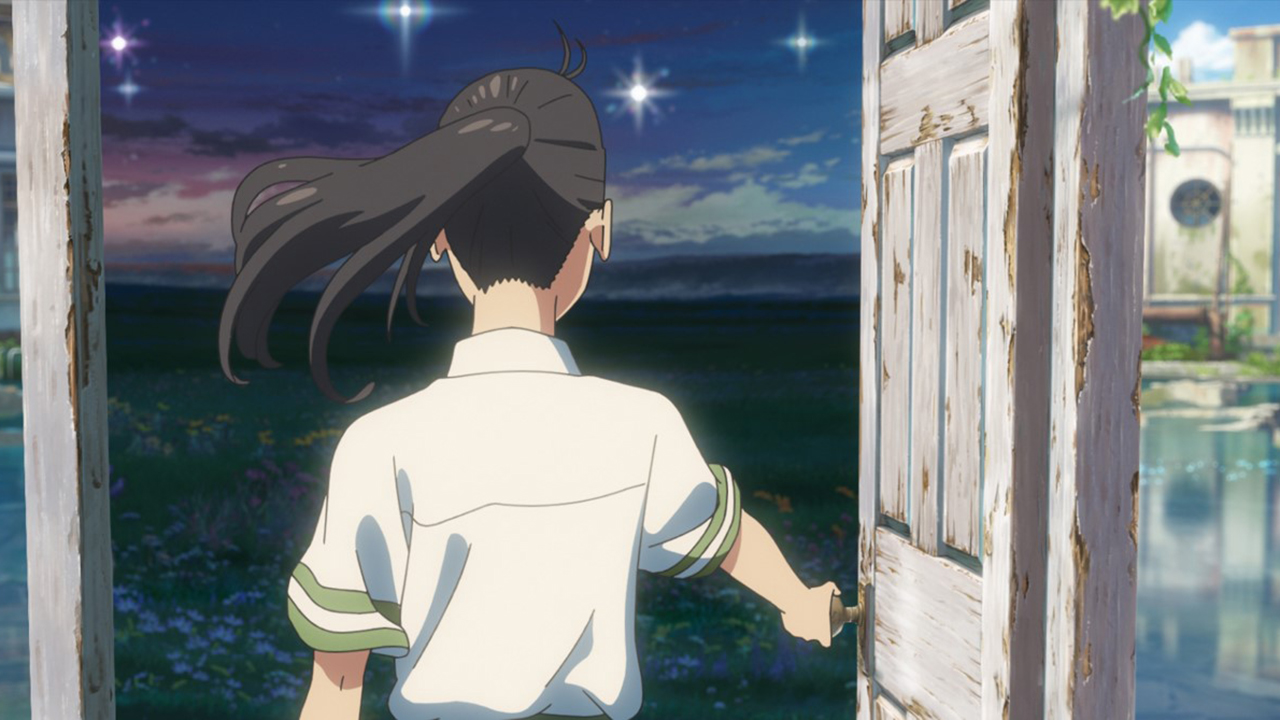
Why did you choose to direct a female lead for your new film?
In my previous film, Les Enfants du Temps, I chose to tell the story from a boy’s point of view. I told myself that for the next one, I would probably be leading the hero.
Anyway, it’s not a love story; Sure, there’s a bit of romance, but it’s definitely not a love story.
The main character can be both male and female. Finally, I created two characters, Suzume and Sota, one female and one male. But it could have been a story of two girls or two boys.
Your works are greatly influenced by nature, the beauty of landscapes. How do you achieve such a degree of realism and aesthetics?
Suzume is a road movie that crosses all of Japan. Therefore, I wanted to show the characteristics and reality of each visited place. For the realistic side, we needed to do a lot of location scouting around the country.
We observed a lot of nature, plants, stone walls… we really looked closely at the shape of each stone. This is how we manage to make these natural parameters realistic in animation.
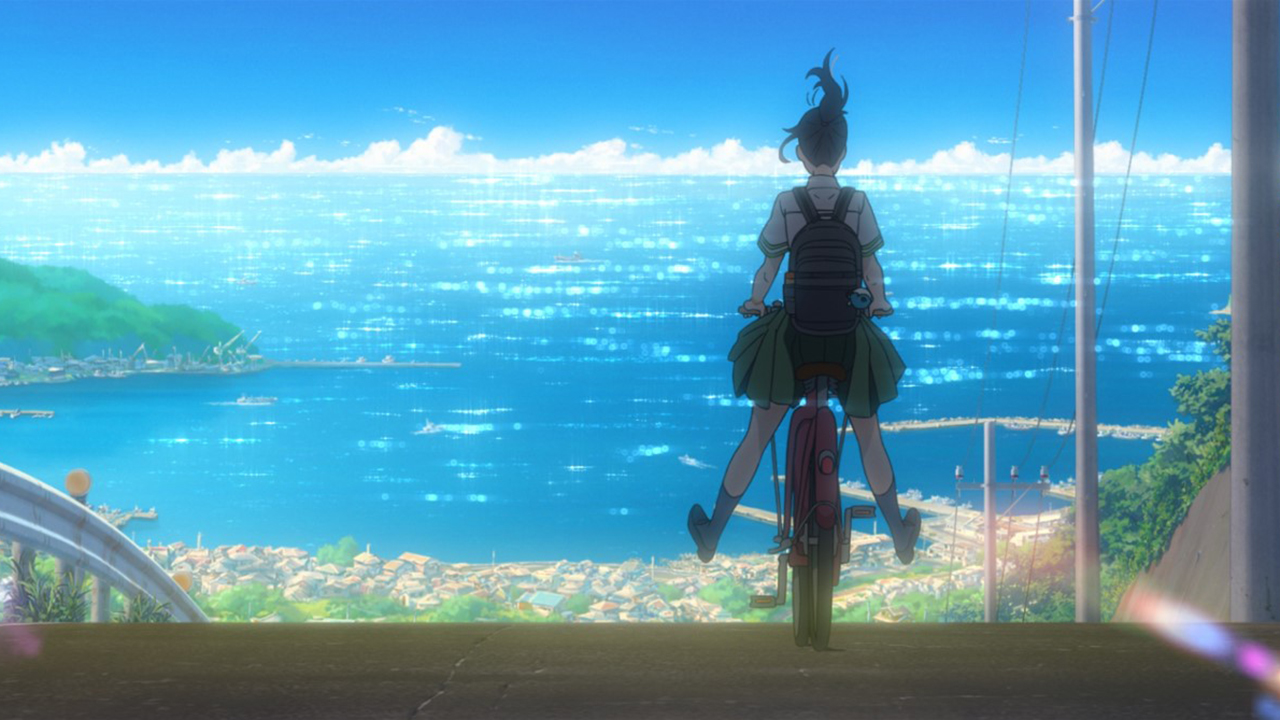
What is a working day like with Makoto Shinkai?
It depends on the teams I work with; To make an animated film, you need to hire a lot of craftsmen. Once production is complete, these independent teams will work on other jobs.
Because they are independent, these people may choose to come to the studio in the morning and work until the evening, but others prefer to work at night. Suzume was produced during the pandemic.
I spent half the time at home with my cat, who is called Suzume. I really enjoyed spending time with him.
Many employees especially worked remotely. As for myself, I spent half the time at home with my cat named Suzume. I really enjoyed spending time with him.
Speaking of cats, put one naughty daijin in the movie that is very funny. Did you want to add some little comedic moments to the story to balance out the rest of the very dramatic story?
I’m so glad you mentioned that. Really, I wanted to add a little humorous touch to this very dark story. I touched on the topic of the great earthquake that happened in northeastern Japan, which really happened, it is a very heavy topic and it was not necessary to burden the audience.
I wanted you to enjoy watching this movie. I didn’t want the audience to get bored even for a second. However, while I want people to have a good time, I also want them to ask questions about everyday life.
If I want people to have a good time, I also want them to ask questions about everyday life.
For example, Japan is still in the process of reconstruction after this earthquake, which caused many casualties. I would like the audience to ask themselves such serious questions. This is what makes this film worth making.
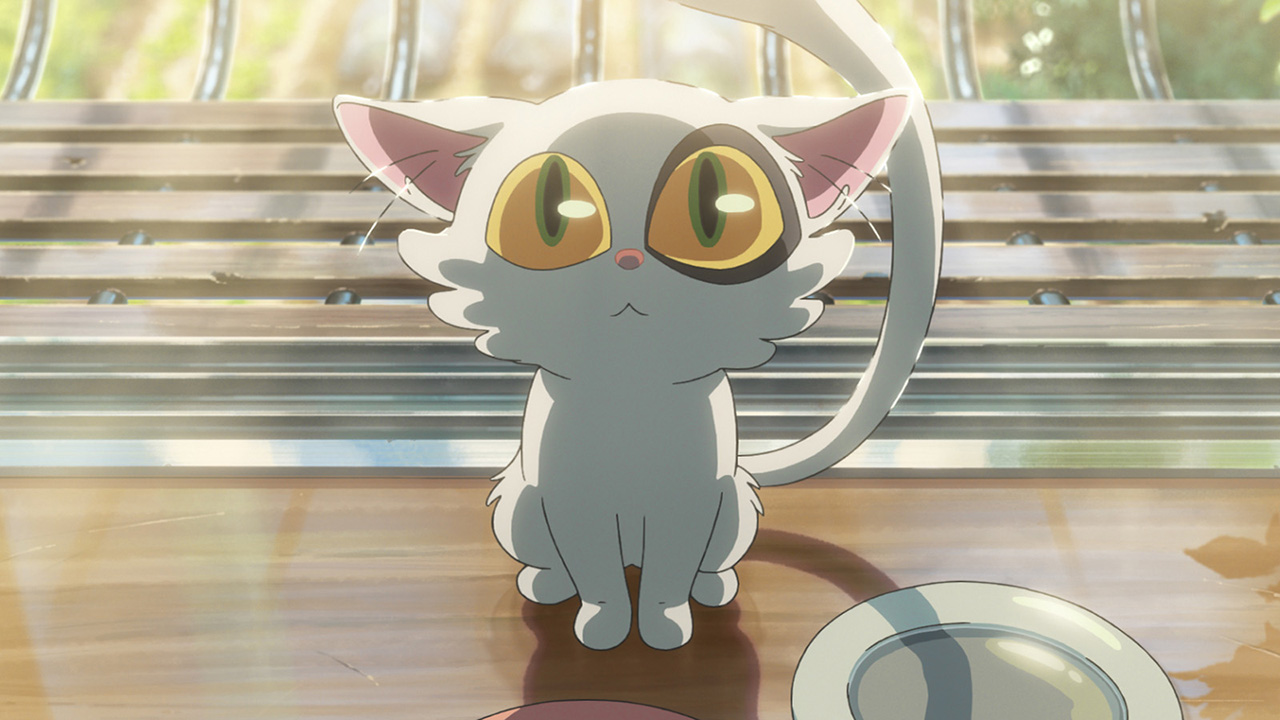
daijin
You cause natural disasters, the film is imbued with an ecological message like your previous works; How do we evoke these themes without teaching moral lessons to the audience?
Again, I’m so glad you brought this up because it’s something I’m very wary of. First of all, I don’t want to give lessons to the audience.
First of all, I don’t want to give lessons to the audience.
I am often compared to other directors, great masters like Hayao Miyazaki, and some say that my cinema is much flatter, too light compared to his, which is too deep.
Others compare me to Hideaki Anno or Mamoru Hosoda and say that my films are less interesting than theirs; But what is very important to me is that I really don’t want to give moral lessons. I suppose to make fun and if my works reflect the society, I will be very happy already.
I suppose to make fun and if my works reflect the society, I will be very happy already.
Why am I so interested in having fun? I am sure that it has pedagogical and educational value. During the 2 hours of the movie, the audience will live the same experience as Suzume and they will be able to identify with this character.
In 2 hours, the audience will grow with him, learn things and maybe understand others better when they leave the room. And if they do it while having fun, that’s even better.
In 2016, when we met under your name, you told me that you liked telling stories about adolescence. 7 years later, looking back, do you still want to lead teenagers or do you want to change?
In my opinion, animation is a medium primarily created for young people. Teenagers have many other hobbies like drinking, partying, etc. Teenagers mostly divide their time between school and home and watch a lot of anime and entertainment.
Moreover, today I am no longer very young and I feel the distance that separates me from the younger generation. In addition, young directors are beginning to appear.
I just turned 50 and maybe it’s time to tell stories about older characters. People between the ages of 50 and 70 are the most numerous in Japan, so I can offer something else for this audience.
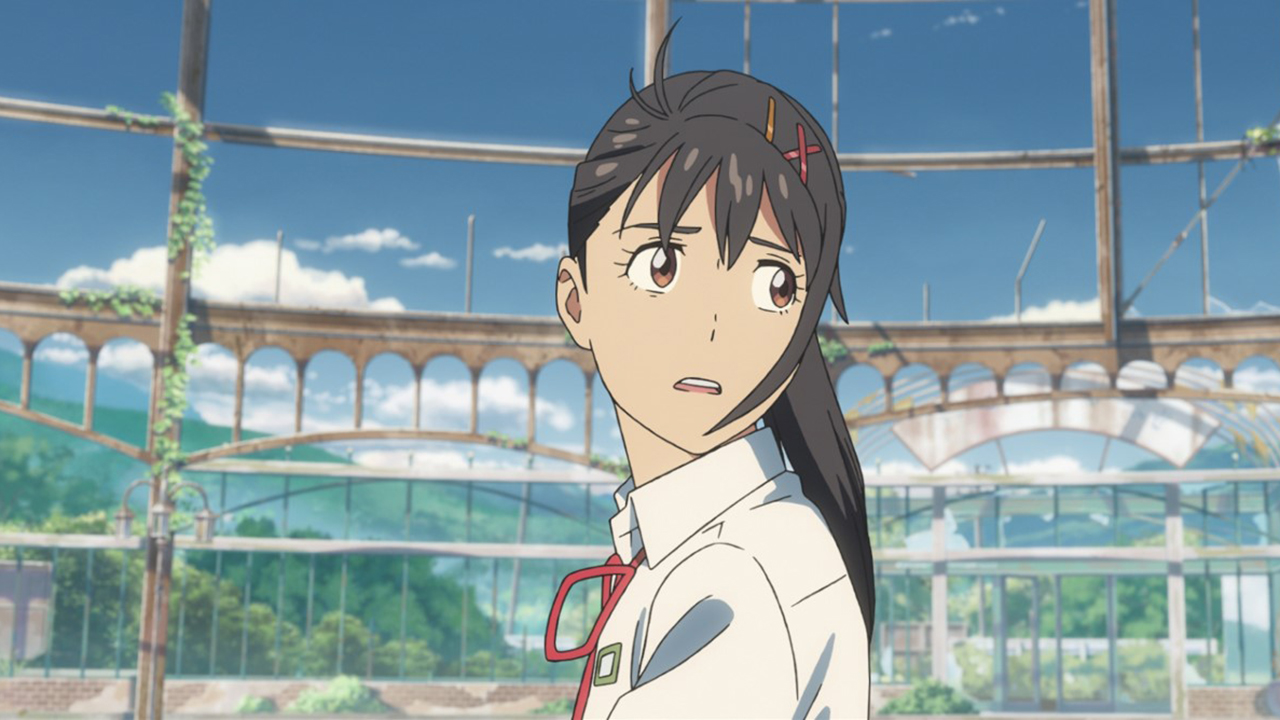
Ghibli was recently released Aya and the magician In 3D, what do you think about this technology and would you like to use it in the future or would you prefer to stay in traditional animation?
Was this movie released in France? Is that why you know him?
Indeed, it came out last June.
And how was the film received?
Not so well.
(laughs) Ok, actually, I’m quite interested in this project because it’s by Goro Miyazaki, Hayao’s son.
There are some good things about this movie, but there’s something else that really gets me: Only traditional animation can convey certain emotions. I really realized that hand painting still had a bright future when I saw this movie.
Only traditional animation can express certain emotions.
However, the fact that Studio Ghibli attempted to make a CG 3D movie is a great thing. Today, fewer and fewer animators work by hand.
I don’t necessarily want a manual method, but I would like to use computer graphics to try to sublimate images produced in the traditional way.
Interview with Vincent Formica in Paris
Source: Allocine
Rose James is a Gossipify movie and series reviewer known for her in-depth analysis and unique perspective on the latest releases. With a background in film studies, she provides engaging and informative reviews, and keeps readers up to date with industry trends and emerging talents.

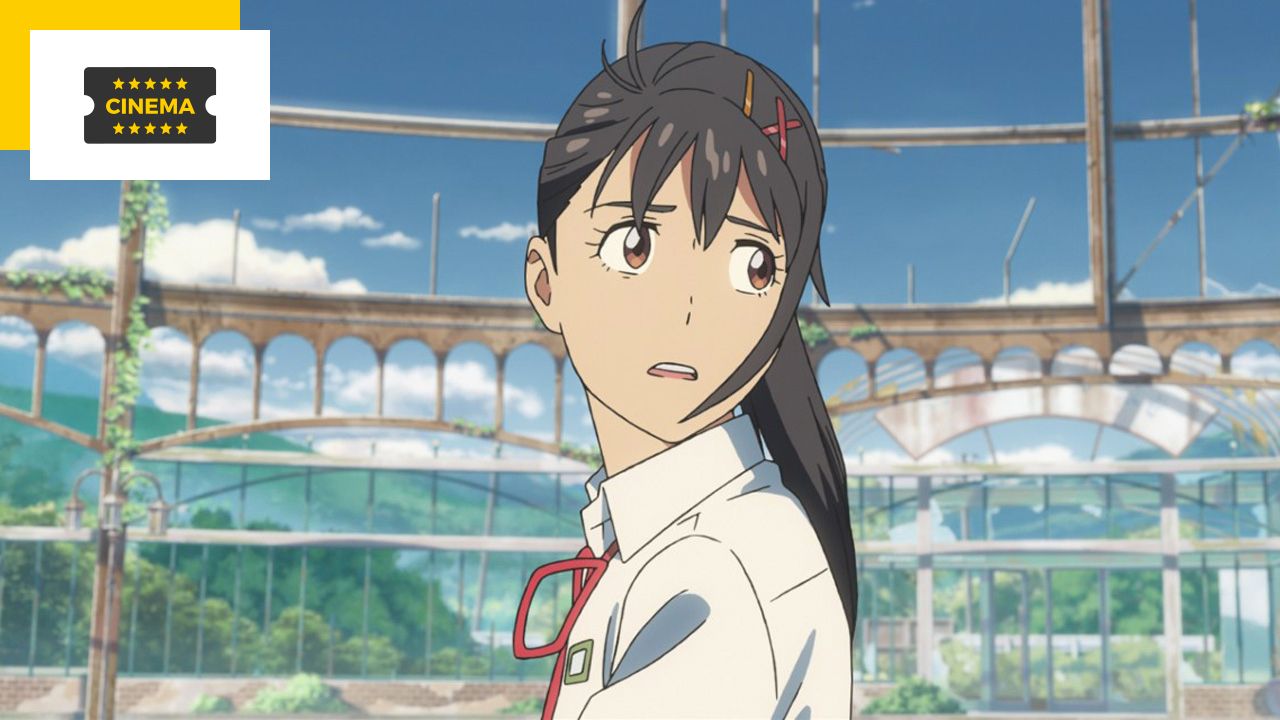
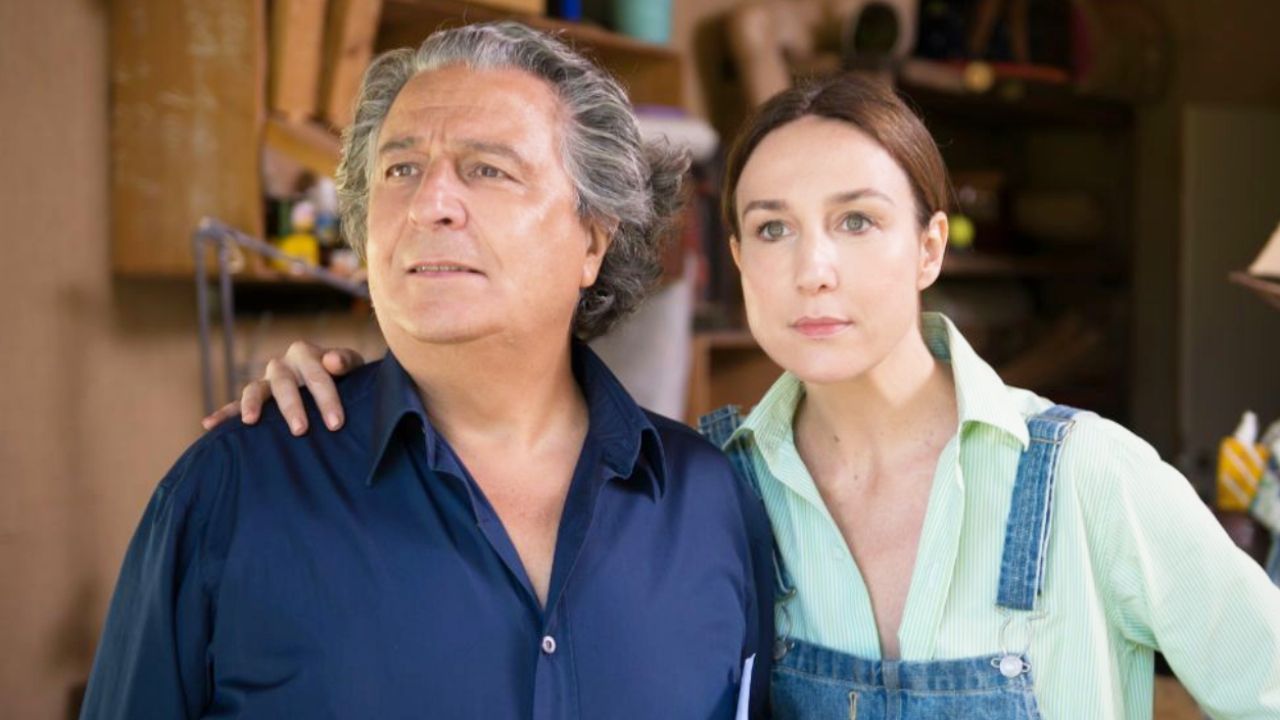
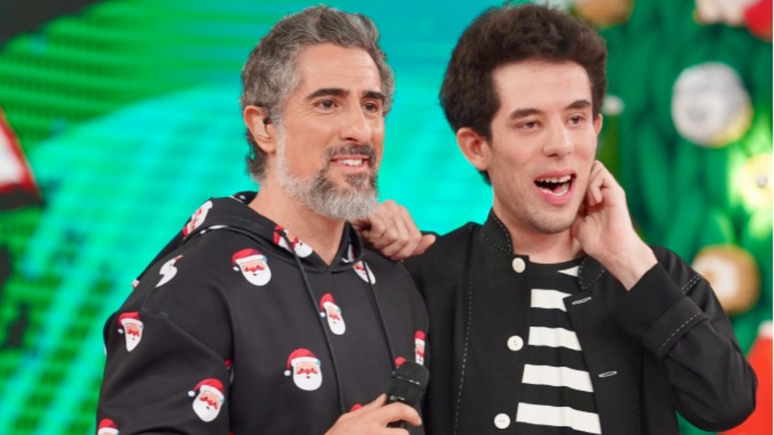
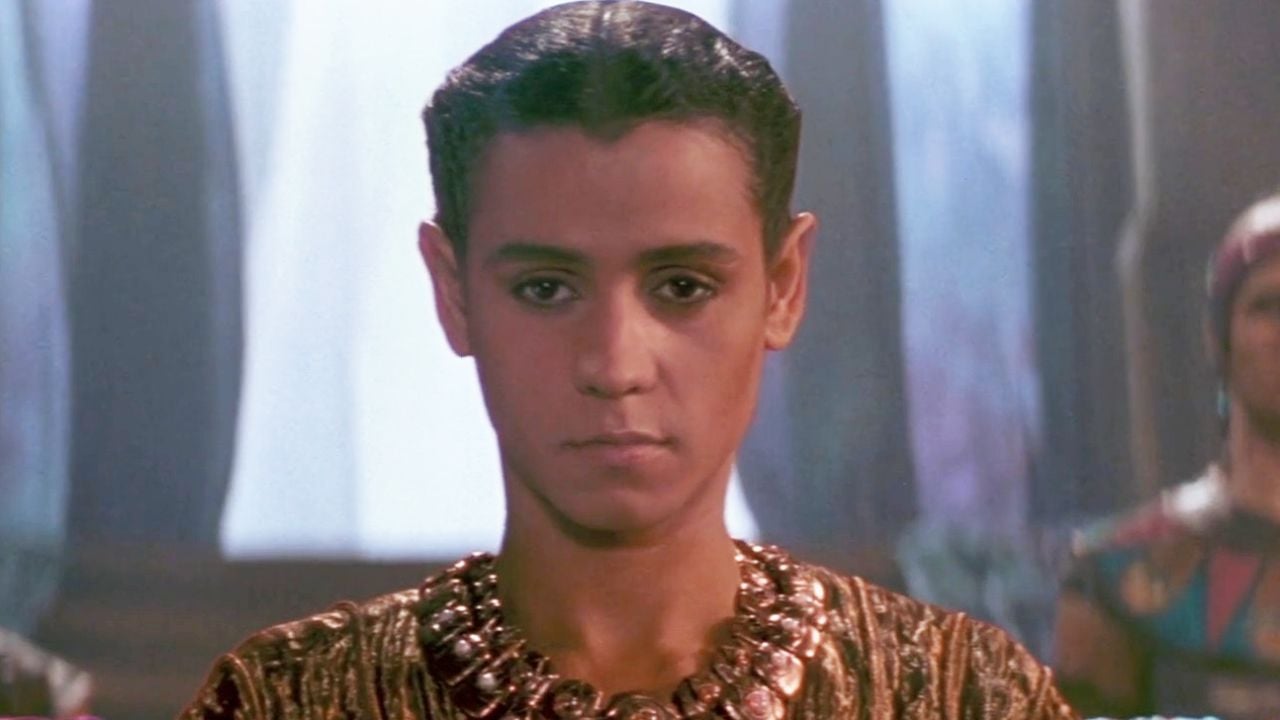
![Un Si Grand Soleil preview: Thursday, October 23, 2025 episode recap [SPOILERS] Un Si Grand Soleil preview: Thursday, October 23, 2025 episode recap [SPOILERS]](https://fr.web.img6.acsta.net/img/12/a9/12a96513d7a4f6120d33b7120427505f.jpg)
